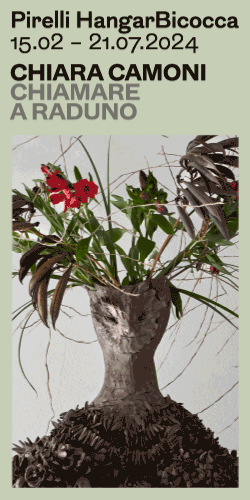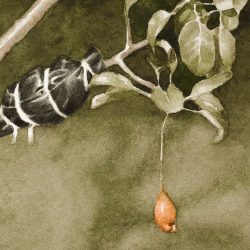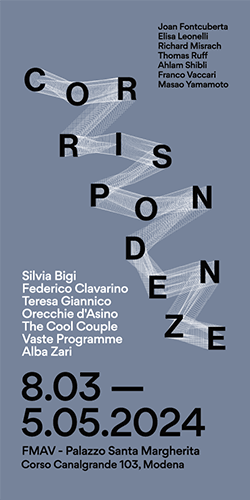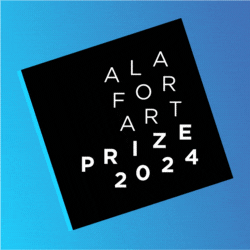
Abstract expressionism
curated by the independent art historian Dr David Anfam
Royal Academy of Arts, London
Exploring an unparalleled period in American art, this long-awaited exhibition reveals the full breadth of a movement that will forever be associated with the boundless creative energy of 1950s New York.
In the “age of anxiety” surrounding the Second World War and the years of free jazz and Beat poetry, artists like Pollock, Rothko and de Kooning broke from accepted conventions to unleash a new confidence in painting.
Often monumental in scale, their works are at times intense, spontaneous and deeply expressive. At others they are more contemplative, presenting large fields of colour that border on the sublime. These radical creations redefined the nature of painting, and were intended not simply to be admired from a distance but as two-way encounters between artist and viewer. It was a watershed moment in the evolution of 20th-century art, yet, remarkably, there has been no major survey of the movement since 1959.
This autumn we bring together some of the most celebrated art of the past century, offering the chance to experience the powerful collective impact of Pollock, Rothko, Still, de Kooning, Newman, Kline, Smith, Guston and Gorky as their works dominate our galleries with their scale and vitality.
We also acknowledge the lesser-known figures who contributed to the development of the movement. Finally, we include photography and sculpture to complete an ambitious re-evaluation of the phenomenon that saw New York take over from Paris as the capital of the art world.

Laure Prouvost
A cura di Roberta Tenconi
Fino a 9 aprile 2017 Hangar Bicocca, Milano
La mostra “GDM – Grand Dad’s Visitor Center” di Laure Prouvost è un’opera d’arte totale che raccoglie oltre quindici lavori – installazioni, video su monitor e proiezioni, sculture e objet trouvé – che danno vita a un singolare museo dedicato al nonno dell’artista, un luogo stratificato e in divenire, dove architettura e contenuto si integrano a vicenda.
Tra le figure più interessanti della sua generazione, vincitrice del Turner Prize nel 2013, Laure Prouvost racconta storie complesse con humor surreale, inglobando nel proprio lavoro le modalità della comunicazione contemporanea contraddistinta da una proliferazione e da un costante consumo di immagini. Prouvost si muove con ampia libertà tra diversi sistemi di rappresentazione, alternando da una parte la finzione, il non-senso, il mondo immaginario e onirico e dall’altra la realtà dell’esperienza quotidiana e delle sensazioni umane. I suoi progetti uniscono un’estetica naïf e bric-à-brac, oggetti ordinari, installazioni labirintiche e architetture instabili a un utilizzo elaborato della tecnologia.
In “GDM – Grand Dad’s Visitor Center” il percorso espositivo si sviluppa in ambienti stranianti e atmosfere paradossali: un salone di bellezza, superfici specchianti, stanze inclinate e spigolose, corridoi bui e labirintici, un’area in cui viene offerto il tè e una zona per il karaoke. La mostra alterna luci e suoni, immagini e parole scritte, momenti di quiete e contemplazione a occasioni di euforia, in un viaggio seducente che avvolge il visitatore e che ne richiede la sua piena partecipazione.














